Embossed metal tin...
Metal coffee can production process
Canning process
①Print
②Cut
③ Round
④Lapping
⑤ Rolling ribs
⑥Flanging
⑦Cover
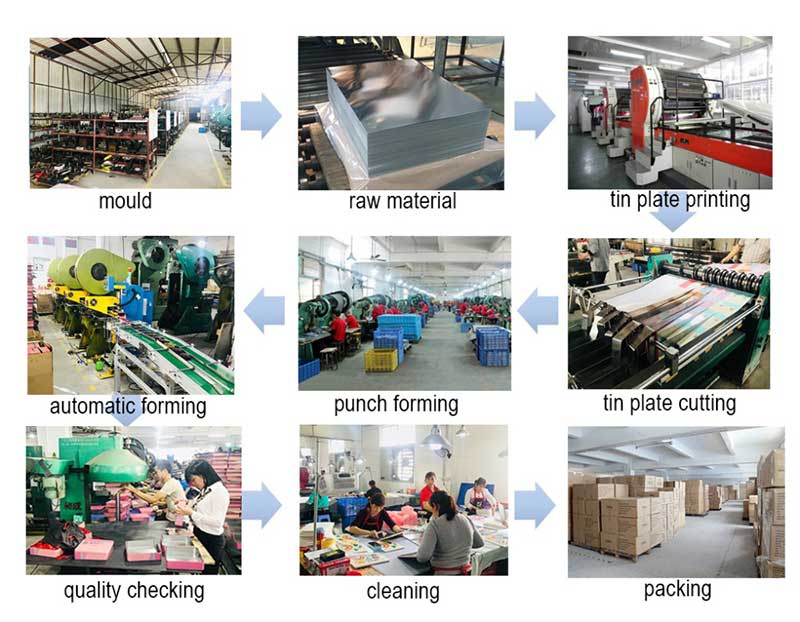
1. Printing process of metal coffee can
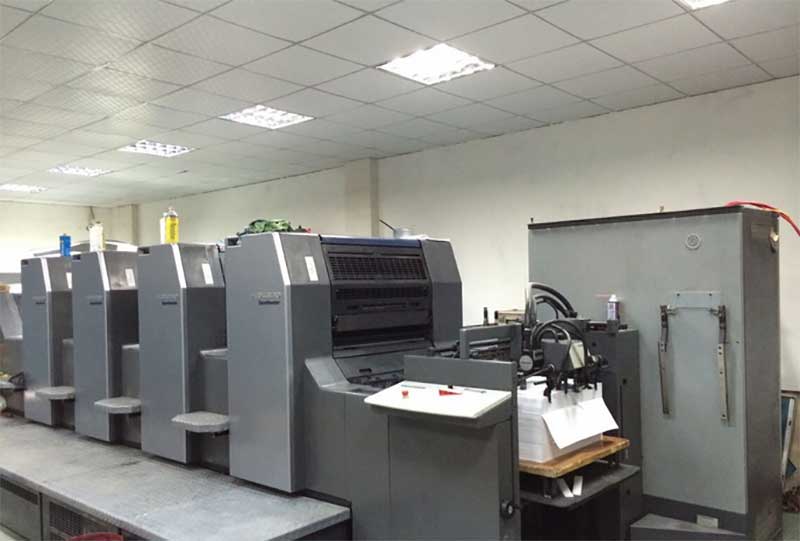
The cover of the coffee can is often composed of uniform color blocks of different colors or regular gradient color display patterns and text. These patterns and characters can be collided with four-color primary color ink after color separation. It is also possible to deploy spot color inks for printing, and then only print a certain spot color ink at the same color block. In the case of comprehensive consideration of improving printing quality and saving the number of overprints, spot color inks are sometimes selected for printing.
2. Iron sheet cutting process
Use a shearing machine to cut the tinplate into a can body plate, a can lid, and a can bottom blank according to the dimensions and tolerances required by the drawing.
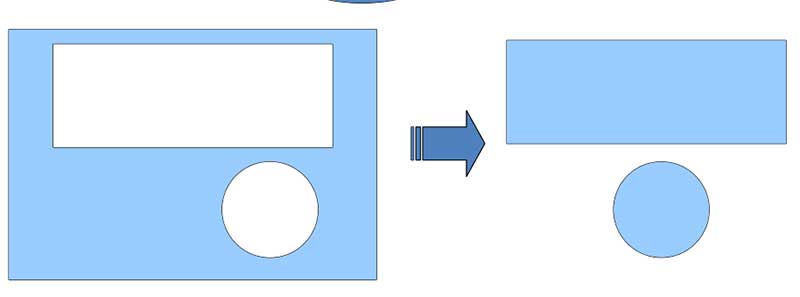
3. Rounding process of metal coffee can
The round machine is a machine that rolls the can body into a cylindrical shape. The production of three-piece cans usually adopts a roller-type rounding machine. According to the three-roller rounding method, the can body slab is curled into an ideal cylindrical shape. By adjusting the distance between the rollers and the rollers, the rounding curvature of the can body slab can be changed.
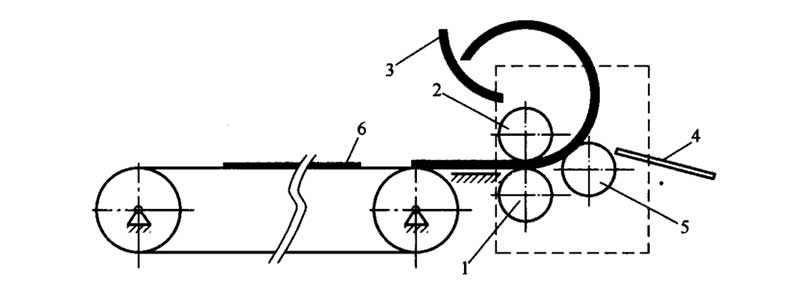
4. Lap process of metal coffee cans
The three-piece cans can be divided into the following categories according to different can body lap processes:
①Soldering tins-have been basically eliminated.
② Bonding tank-a new type of technology.
③Coiled cans--used to make general cans with low sealing requirements, and the seams of the cans are hooked together.
④ Resistance welding tank-(seam welding tank or fusion welding tank) commonly used.
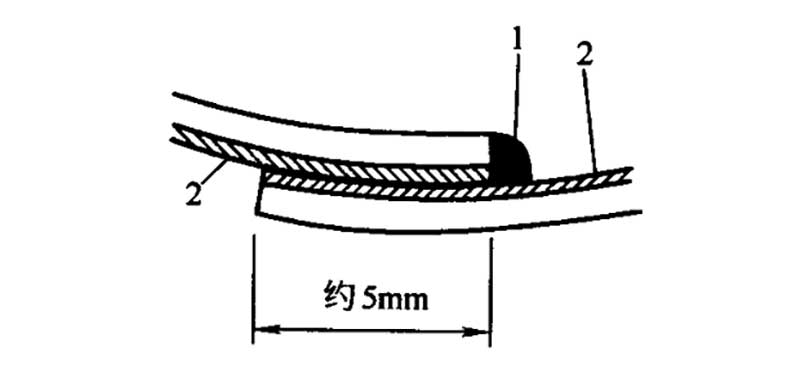
1) Bonding process of metal coffee cans
Coat the end of the chrome-plated sheet with a nylon-based adhesive of about 5mm width. When it is round, overlap the parts coated with the adhesive agent and heat to 260°C, and then fully compress it to solidify and cool the adhesive at the joint. .
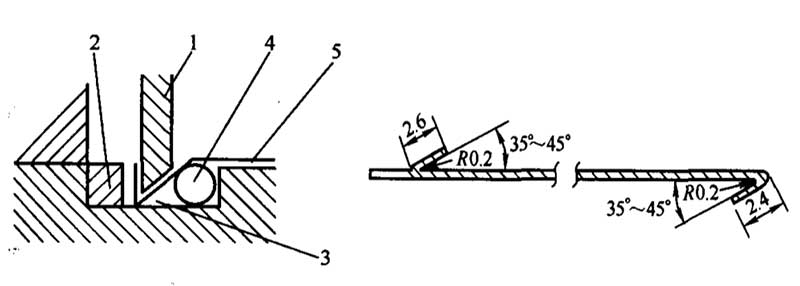
2) Features of bonding metal cans
a. Use Wuxi thin steel plate with poor welding performance, the price of raw materials is low,
Can reduce costs;
b. The joints do not need to be soldered, which can prevent heavy metals from contaminating food;
c. The production process is relatively simple and consumes less energy;
d. It can be printed on the full page without "leave blank", so the appearance of the can body is beautiful;
e. Water resistance and heat resistance are poor.
3) Manufacturing process of roll-on metal coffee can
Use an end folding machine to fold the two ends to the front and back respectively, so that the can can be hooked when it is round. Used to make general-purpose tanks with low sealing requirements.
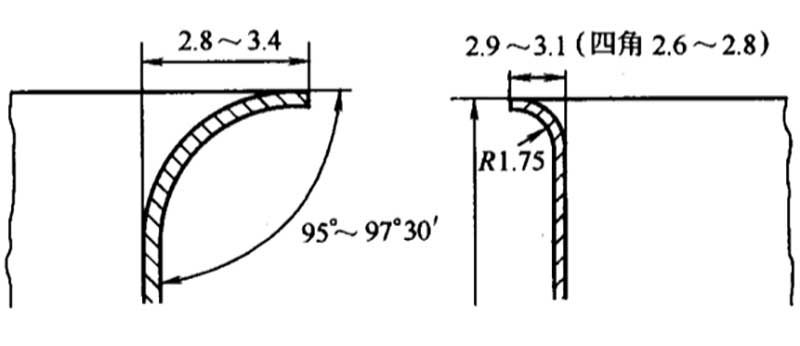
5. Flanging process of metal coffee cans
①The purpose of the flanging is to seal the can. In order to ensure the quality of the roll seal, the flanging should be uniform and tidy, and there should be no cracks in the overturned part.
② Flanging method: spinning type, bending type, impact type.
6. The rolling process of metal coffee cans
Rolling ribs roll out reinforcing ribs on the can body, which can increase the compressive strength of the side of the can body.
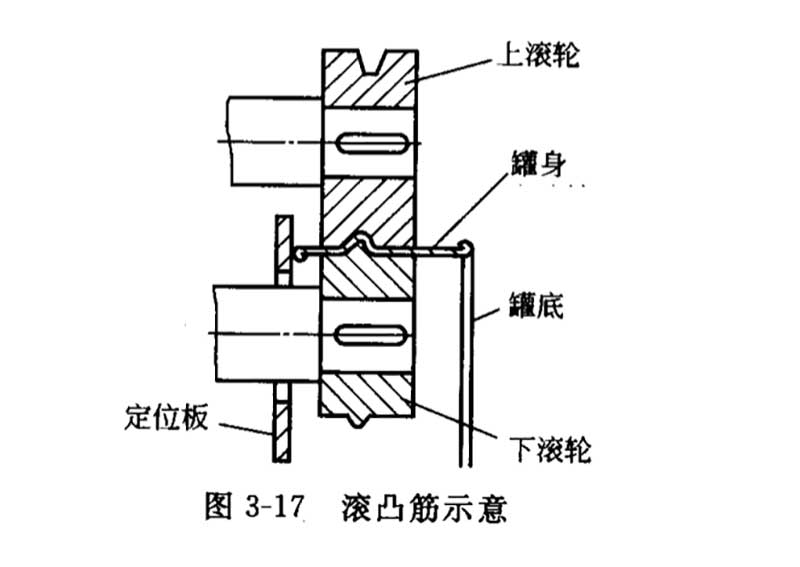
7. Lid making process of metal coffee can
·Can lid manufacturing process: cutting board→punching lid→round edge→gluing→drying
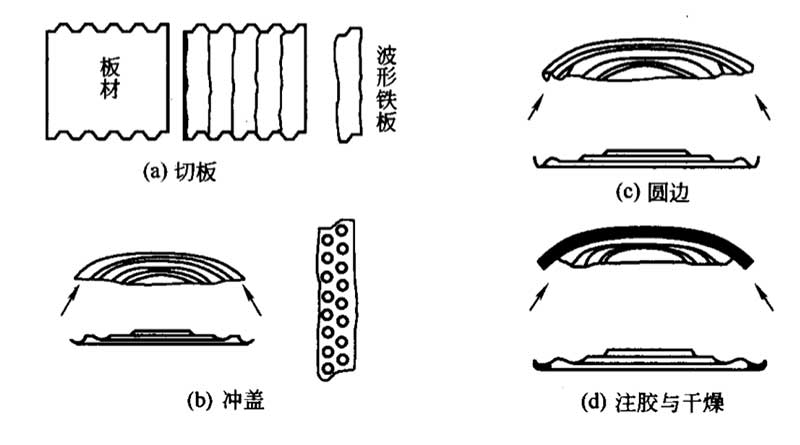
8. The capping process of metal coffee cans
The capping process is completed on the can sealing machine, and the can body and the bottom are mainly sealed by double crimping.
1. Indenter
2. Jar lid
3. Can body
4. Support the chassis
5. Head roller
6. Two pressure rollers
7. The groove curve of the first press roller
8. The second roller groove curve

The general process of metal coffee cans is as follows: mold proofing, typesetting and printing, iron cutting, stamping forming, wiping and packaging. Mold making and proofing are divided into: wire cutting, heat treatment, polishing, and machine adjustment
Trial; typesetting and printing: film or CTP plate making, superior color mixing, printing; iron cutting: positioning, opening and cutting; stamping: cover is divided into blanking, flashing, and pre-cutting
Bending and winding lines, the body is divided into cuts, bends, bends, curling, footing, bottom opening, gong bottom or buckle bottom; wiping packaging: cleaning, inner packaging, loading
Boxes, sealed boxes out of the warehouse.
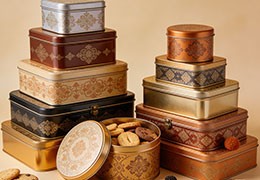


.jpg)

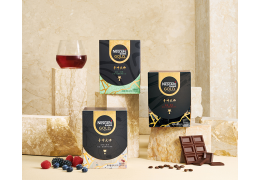
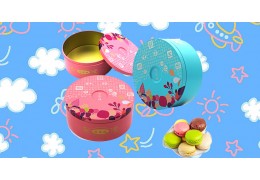
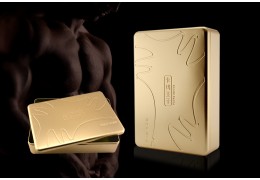
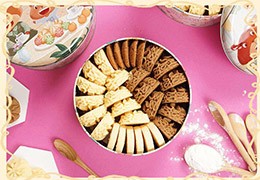
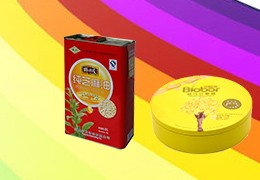

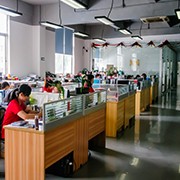

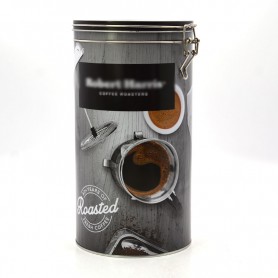
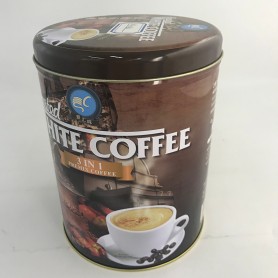

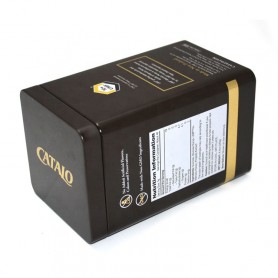

Latest comments